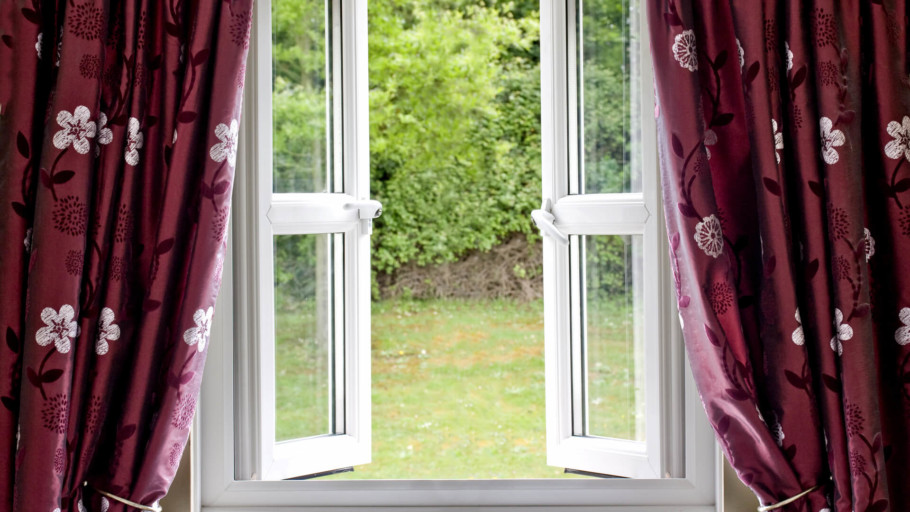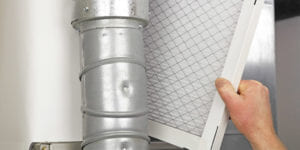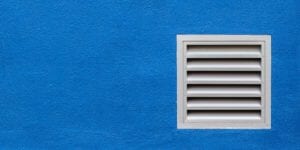What To Do If Your Double Pane Windows Lose Their Seals
Nothing is quite as frustrating as staring out your window and seeing a misted pane. Windows don’t just transform our homes by flooding them with light; they also allow us to feel connected with the outside, especially if you have a beautiful view of the garden.
But what do you do if the seals fail on your double-pane window and you suffer from that dreaded fogging? This article offers some helpful tips on how to fix these failed seals and also how to prevent them from reoccurring in the future.
How Does a Double-Pane Window Work?

A double-pane window is essentially two panes of glass fixed into a frame with a small gap between each pane. The space gets filled with an insulating gas like argon or krypton, which increases the energy efficiency of the window.
There are two measures of the energy efficiency of your double-paned windows, known as U-value and R-value. U-value measures heat transfer while R-value measures heat resistance. The higher the R-value and the lower the U-value, the more energy efficient the window.
| Property | U-Value | R-Value |
| Indicator of energy efficiency | Yes | Yes |
| Measures insulating ability | Yes | Yes |
| Based on a specific material property value | No | Yes |
| Based on various components and calculations | Yes | No |
| Indicator of heat transfer | Yes | No |
| Indicator of heat resistance | No | Yes |
| Measures airflow | Yes | No |
| Measures radiated or reflected heat | Yes | No |
| Lower number is better | Yes | No |
| Higher number is better | No | Yes |
| Included in NFRC Labeling | Yes | No |
A single-pane window typically has an R-value rating of 0.85, whereas a double-pane window filled with argon gas can be as high as 2.7 to 3.6. A good quality double-pane window can be as much as 50 percent more efficient than a single-pane window, so caring for the seals is crucial if you want to keep your energy bills to a minimum.
Prolonging the Life of Your Window Seals

Look for the tell-tale signs
Mold and staining along the edges of the window pane are a sure sign that the seal may be damaged. Moss and mold are also bad news when it comes to sealed double-pane windows because they can diminish the quality of the seals over time if left unchecked.
Watch how you clean
Some chemically abrasive cleaning products can cause the seals to perish, so be careful what solution you use to clean the windows. Also, don’t use a high-pressure washer to clean the windows. The powerful jet of water damages the seals as it can force them to move and cause gaps to appear.
Avoid heat guns
Another great way to prolong the life of the seals is to avoid using heat guns when stripping away paintwork from the window when decorating. The extreme heat causes the seals to perish.
Consider their position
Windows that face direct sunlight are prone to seal failure because the window panes expand and contract with the fluctuation in the temperature, which puts additional strain on the seals.
Bonus tip
Make sure you check the frames and seals regularly, and in the dead of winter when condensation is a problem, keep them free of moisture by wiping them with a dry cloth.
The Signs of a Failing Window Seal
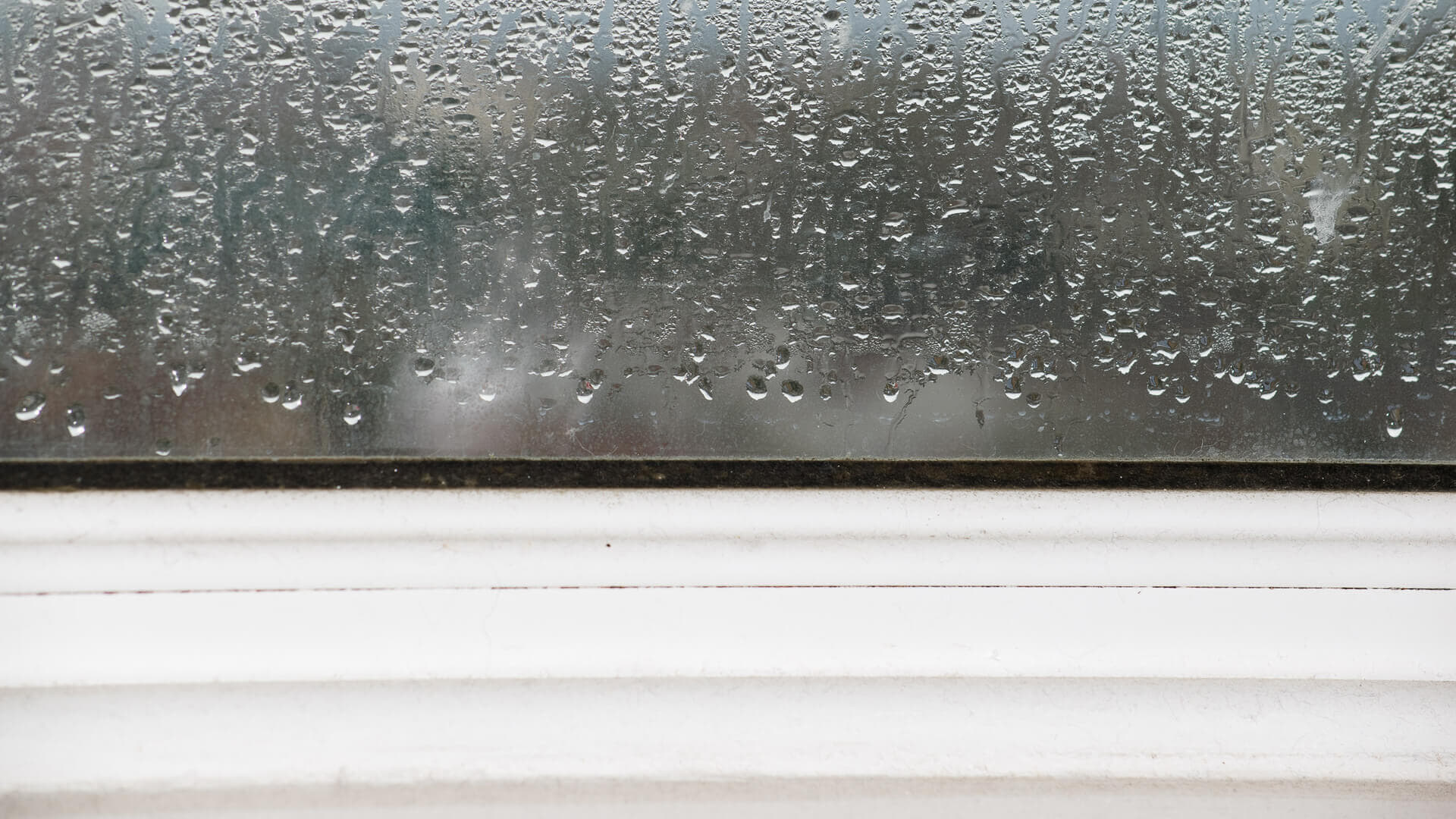
If fogging appears between the two panes of your window but vanishes when the temperature and moisture content of the air changes, this is a sure sign that the seal is failing.
It could be that when the seal fails initially, there is no outward sign. Some seals fail instantly, and they are easier to spot, but for others it is a gradual process. Regardless, ignoring these failed seals is not a good option if you want to maintain the energy efficiency of your home.
What to Do if the Window Seals Fail
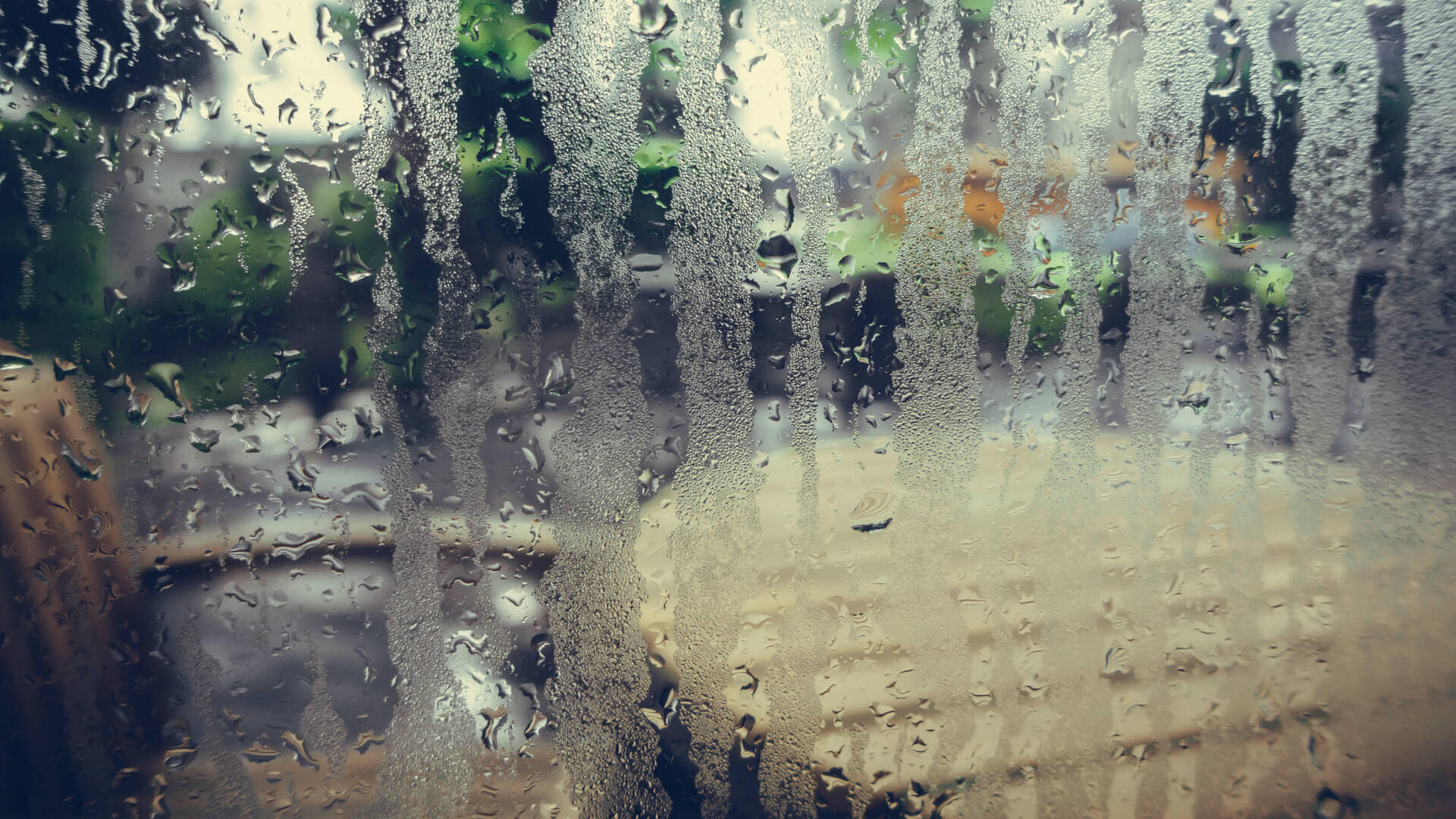
First, check if they are still under warranty. Some window manufacturers guarantee window seals for up to 10 years. You’ll find the warranty information on the sticker attached to the inside of the window. It can be as simple as a phone call to sort out the problem.
If your window seals aren’t under warranty, your windows will continue to work. Over time, however, the seal will deteriorate, the fogging will get worse, and you’ll end up losing light, insulation value, and an attractive view through your window. You might also end up losing money, as doing nothing will eventually cost your the benefits of energy efficiency.
Once you’ve committed to safeguarding you window seals, you can choose from two routes:
Repair:
The are professionals that repair double-pane windows by removing the glass and cleaning the inside of the moisture. Once the glass is replaced, a valve is then inserted and hot air is piped through to dry out any lingering moisture. Then, they reseal the pane. You will have to accept that there will be no insulation gas between the panes, but it will solve the fogging issue. This is a cheaper option than replacement, typically costing a few hundred dollars per window.
Alternatively, you could opt to have the glass replaced. This is only advisable if you live in an area with a moderate climate because the moisture will return. Though it’s the cheapest remedy, it really is only a patch on on a larger problem, as eventually the rest of the seals will fail. In other words, if the rest of your windows are a similar age, then it might be worth biting the bullet and considering the most expensive option.
Replacement:
Replacement is the most sensible route to choose if you have the budget, but it will be the most costly. What it guarantees you is a brand new window system that should give you another 20 years of performance. Typically, it also gives you a fresh 10-year warranty on those window seals.
Final Thoughts
While good quality double-pane windows should add value to your home, windows with failed seals are sure to be seen as a detriment. You can try to ignore the problem of foggy windows, but when you realize that doing so means you are actively decreasing the insulation of your property, increasing your energy costs, and reducing the value of your home, you’ll know that it’s time to investigate your options for repair or replacement.

